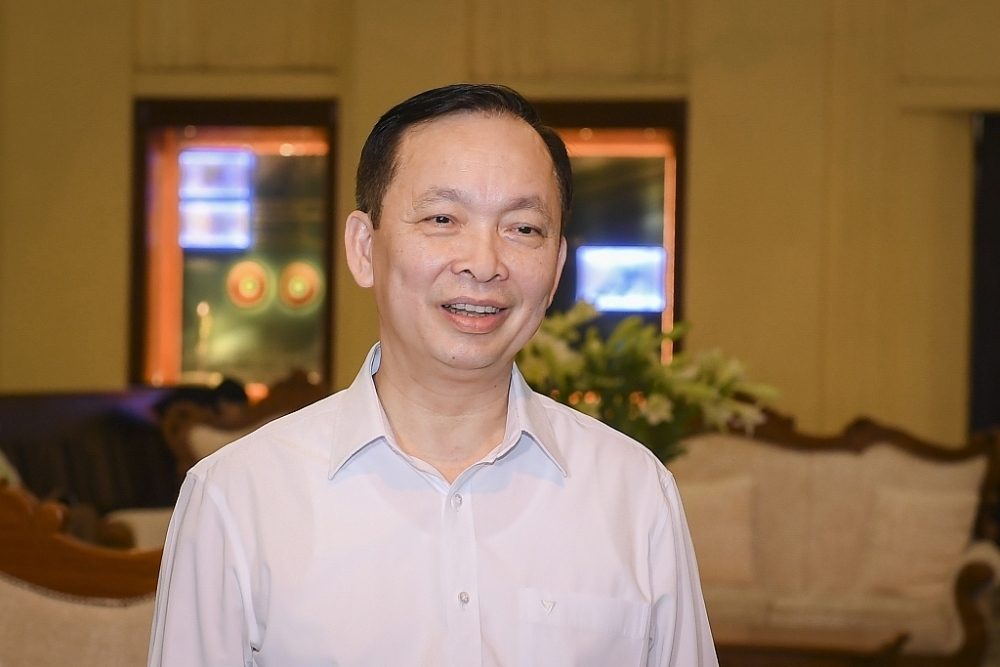VCN – According to Deputy Governor of the State Bank of Vietnam (SBV) Dao Minh Tu, credit growth must be in accordance with exchange rates and interest rates, so now is the right time for the SBV to decide to loosen credit room in 2022 by 1.5-2%, for commercial banks to support businesses and economic recovery.
 |
| SBV’s Deputy Governor Dao Minh Tu |
Could you please tell me how the loosening of the credit room will be done?
The global economic impacts on Vietnam’s economy have eased and some macroeconomic indicators have seen positive signs, creating favorable conditions for SBV to decide to loosen credit room for commercial banks to support businesses and projects, programs and key sectors.
The increase in credit room of 1.5-2% will pump VND240 trillion into the economy. To date, credit growth is about 12.2%, 1.8% lower than the target of 14%. Thus if we supplement the 2% room increase with 1.8%, we will have 3.8% credit room for the year-end period and after the Lunar New Year.
However, credit allocation is recommended for commercial banks that have high liquidity and offer the policy of lending interest rate reduction. Some banks have not run out of credit room because the credit room in 2022 distributed to the whole country is at 14%. For example, Agribank has ample credit room, so there is no need for those banks to expand room this time, or for a bank that is raising interest rates at a high level, the SBV finds that it is also necessary to limit credit growth.
Therefore, this credit allocation can be considered a policy to encourage commercial banks to mobilize capital and reduce interest rates, creating favorable and positive conditions for businesses in capital and interest rates. But, commercial banks must also try to reduce operating costs and increase conditions to reduce lending interest rates.
How will the SBV take measures to control credit flow from the loosening of the room so as not to pump it into risky areas?
The remaining credit room is quite large, so it is important for commercial banks to actively mobilize idle capital for loans. The SBV will keep an eye on the cash flow and drive it to prioritised sectors, including agriculture and rural development, exports, small and medium-sized enterprises, supporting industries, and growth drivers in accordance with the guidelines of the Government and the Prime Minister.
In addition, the Prime Minister and the Government have also directed to pay more attention to the real estate sector, especially helping people have money to buy social housing. So far, the SBV has always considered this a prioritised area.
Many commercial banks have actively reduced lending interest rates. How has the SBV guided this so that this interest rate reduction is more widespread in the system?
The SBV has assigned the Vietnam Banks Association to continue calling on and encouraging commercial banks to reduce lending rates, depending on the level, ability and financial capacity of each credit bank, but the general spirit is that commercial banks should continue supporting businesses like during the Covid-19 pandemic.
But besides efforts from credit institutions, macroeconomic conditions must also allow banks to reduce interest rates, not only to ensure business support but also to ensure liquidity as well as safety for each bank, and the whole system.
All SBV’s current policies aim to support economic growth in a sustainable way and continue to complete the goal of controlling inflation, and ensure macroeconomic stability.
Thank you Sir!
By Huong Diu/Huyen Trang
